
Science and Culture Today | Page 59 | Discovering Design in Nature

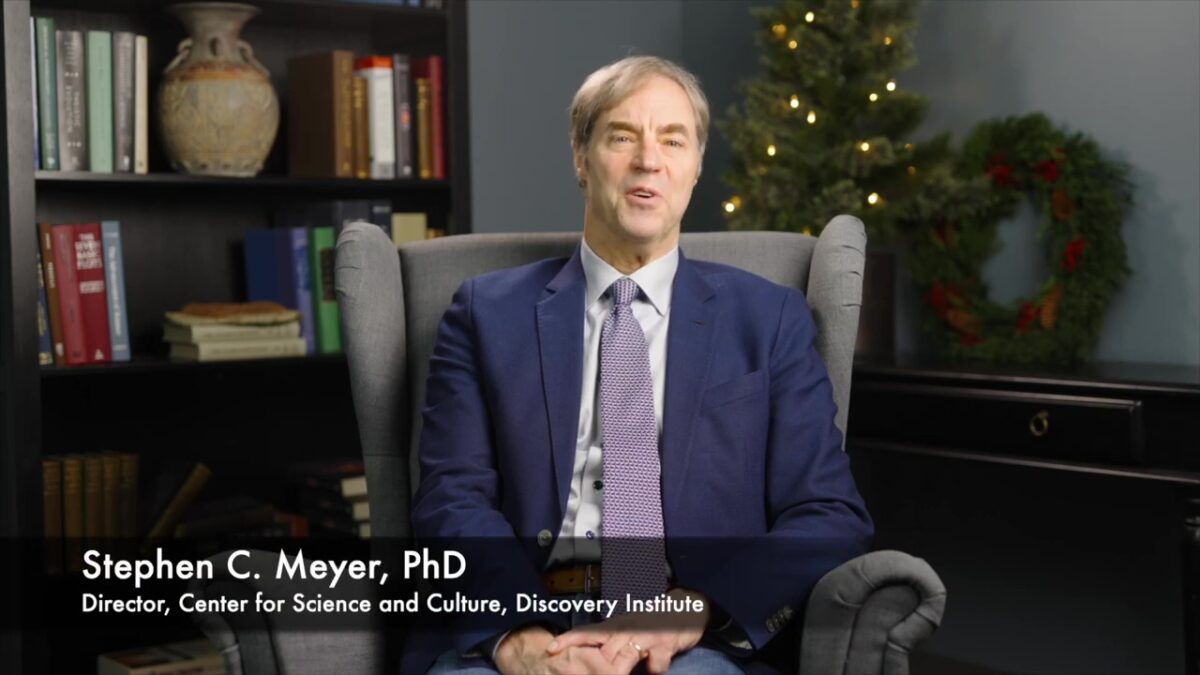
Stephen Meyer: Intelligent Design’s Year in Review

“Doesn’t the Fossil Record Prove Darwinian Theory?”
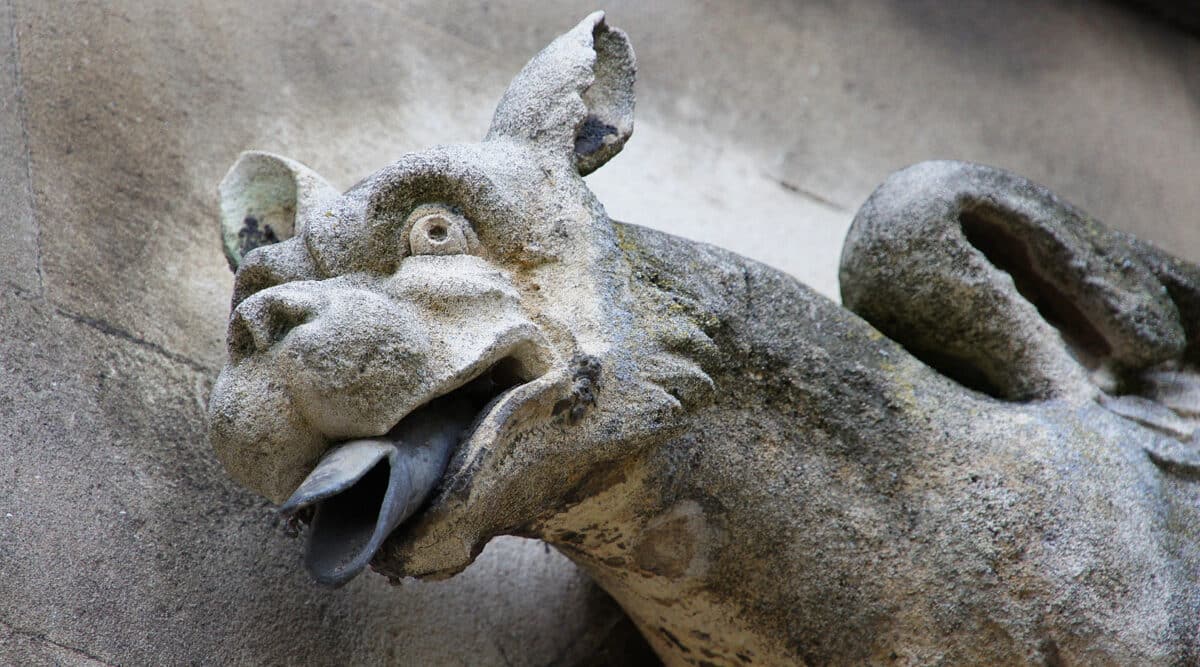
Meyer: Cambridge University’s Role in Advancing the Scientific God Hypothesis
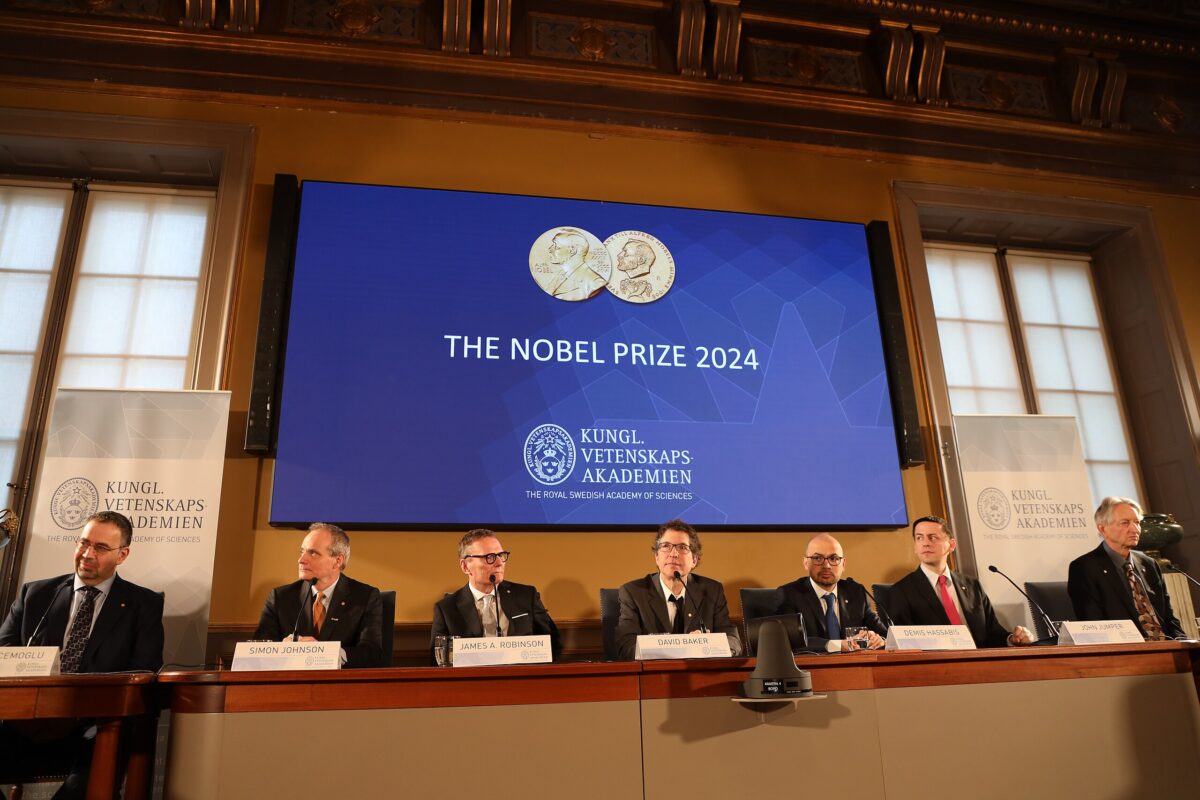
2024 Nobel Prize Awarded for the Discovery of Function for a Type of “Junk DNA”
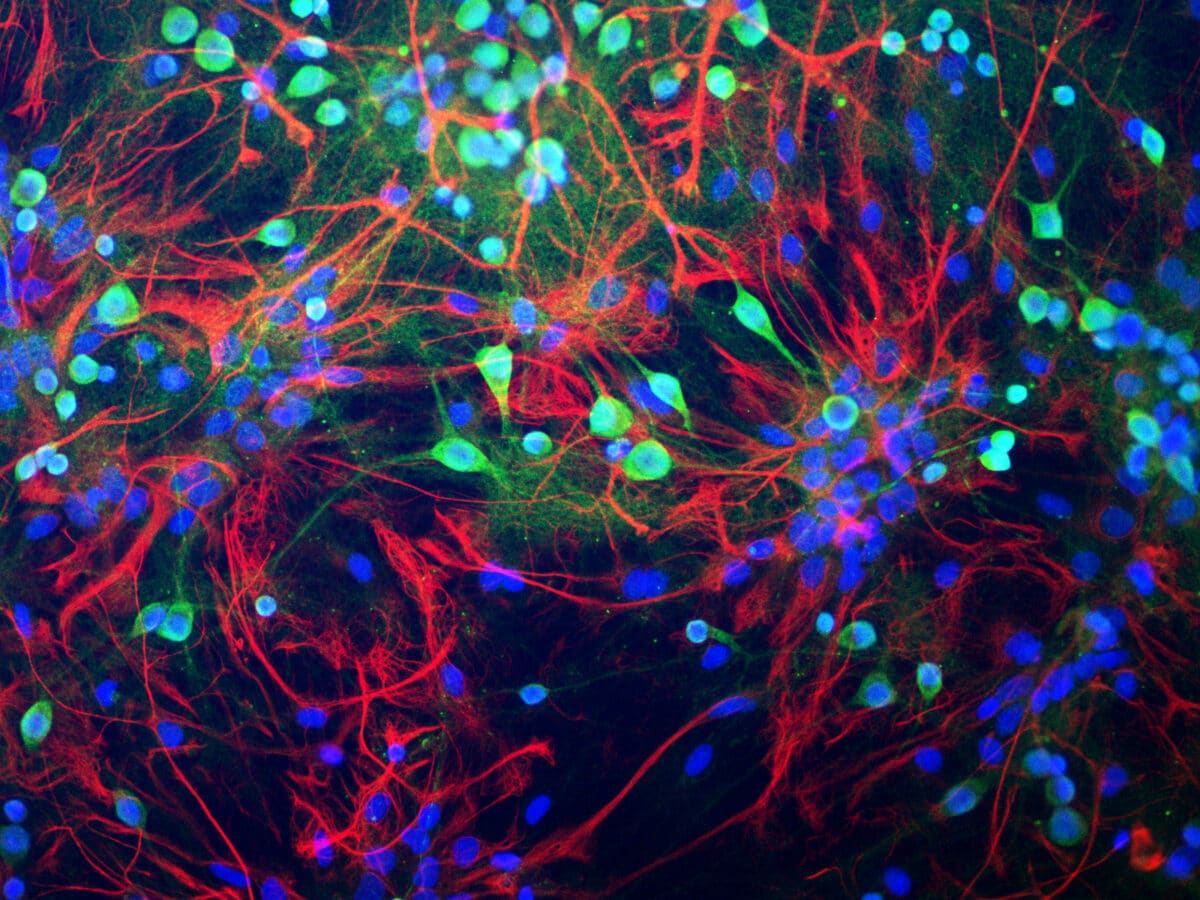
What Does Your Brain Do? And What Can It Not Do?

Meyer: Can There Be a Theory of Everything?

Did Darwin Banish Teleology from Nature or Not?
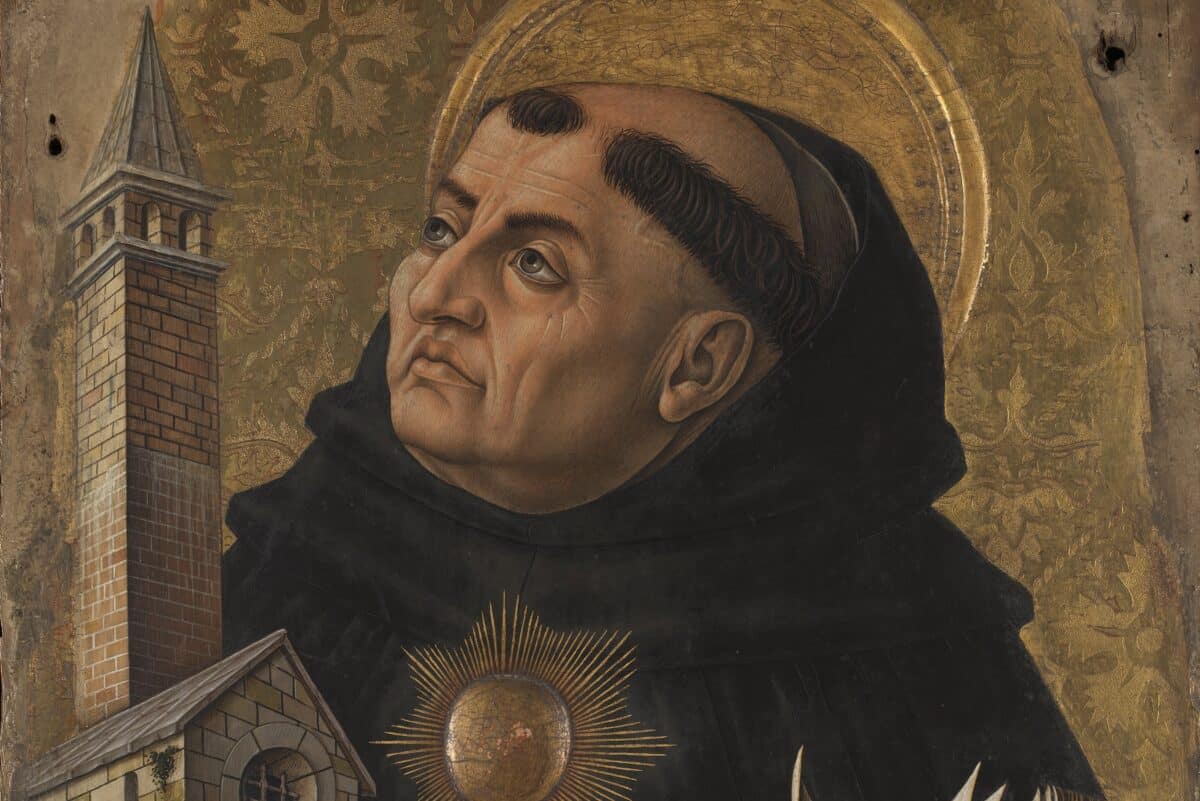
Intelligent Design and Aquinas’ Fifth Way






































